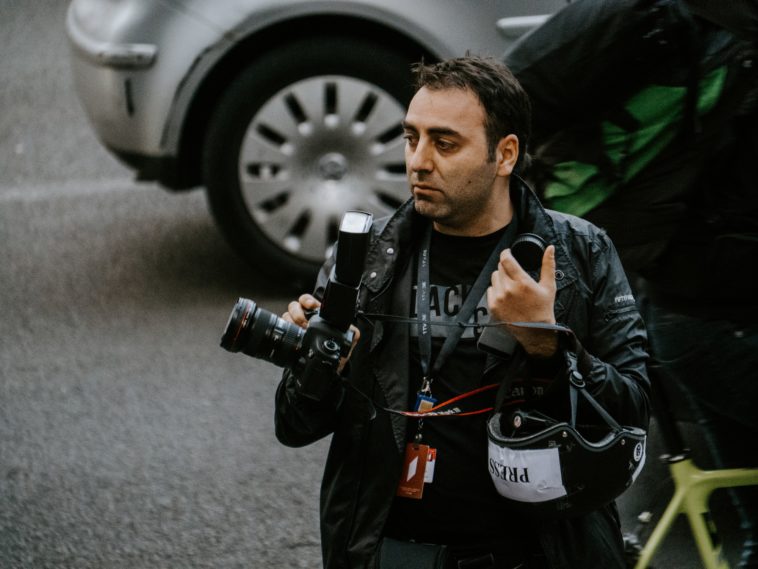The practice of photojournalism has its roots in the 19th century with the advent of photography. Initially, it was a medium used by a handful of photographers who aimed to document historical events, social issues, and public personalities. The invention of the portable camera in the late 19th century and the ability to reproduce photographs in newspapers by the early 20th century transformed the field into a powerful storytelling medium.
Evolution of the Field
The scope of photojournalism expanded rapidly throughout the 20th century, especially during periods of war and conflict, such as World War II and the Vietnam War. The influence of magazines like ‘Life’ and ‘National Geographic‘ played a significant role in educating the public about global events through vivid, striking images.
The Role of Photojournalists
Photojournalists are essentially journalists who use images rather than words to convey news stories. Their work involves much more than simply taking pictures; they must have an in-depth understanding of the subject matter and a clear idea of the message they are trying to convey. Their roles include:
- Newsgathering: Identifying important events and issues that need to be documented.
- Editing: Selecting and editing photographs to ensure that they convey the intended message.
- Storytelling: Arranging images in a coherent manner to tell a comprehensive story.
- Ethical Considerations: Upholding the principles of journalistic integrity by not altering or manipulating images to mislead the audience.
Key Principles of Photojournalism
- Objectivity: The image should represent the event or situation in an unbiased manner.
- Accuracy: The image should provide a true representation of events.
- Timeliness: The image should be relevant to current events.
- Narrative: The image should contribute to the overall understanding of the story.
Mediums Used in Photojournalism
Although traditionally rooted in still photography, photojournalism has adapted to changes in technology and now utilizes various mediums for expression.
Still Photography
This is the most traditional form of photojournalism. The aim here is to capture a moment that represents a larger event or issue. The use of high-quality cameras and techniques like long-exposure are commonly used to enhance the story being told.
Video Journalism
The advent of compact video cameras and the growth of broadcast journalism have made video a significant part of photojournalism. Video is often used for television news and online media.
Digital and Social Media
The rise of digital platforms has transformed the way photojournalism is consumed. Social media platforms like Instagram and Twitter allow for instantaneous sharing of images, making the news more immediate than ever.
Ethical Considerations in Photojournalism
- Informed Consent: Always obtain permission from subjects when required.
- Avoiding Manipulation: The image must not be altered to misrepresent the subject or situation.
- Respect for Subjects: The dignity and privacy of the individuals being photographed should be respected.
- Transparency: If a photograph has been edited or staged, this should be clearly indicated to the audience.
Conclusion
Photojournalism remains a crucial element of journalism, offering a powerful medium for storytelling. With its historical roots and ongoing evolution through technological advancements, it continues to play an essential role in how news is consumed. It combines the principles of journalism with the artistic skills of photography to offer a unique, impactful way to communicate events and issues to the public.
While still photography remains the core of photojournalism, advancements in technology have broadened the scope to include video and digital platforms, making it more versatile than ever. Ethical considerations continue to be a pivotal aspect, ensuring that the field maintains its integrity and continues to accurately inform the public.





